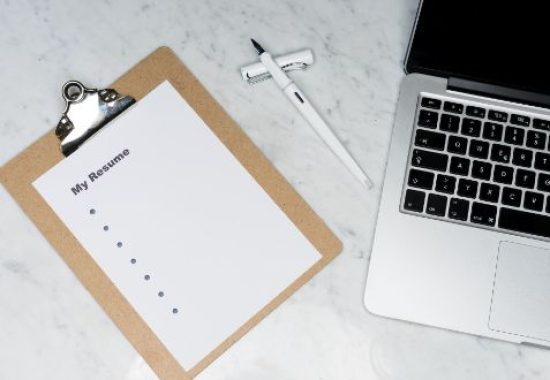
A resume is a powerful tool when it comes to job hunting. It’s your chance to make a great first impression and show off your skills and experience. But if it’s not well-written, it can do more harm than good. Besides being easy to read, a printed resume should also be well-designed. Here are some tips for making your resume look its best:
When it comes to print, less is usually more. Stick to a limited colour palette of black, white, and maybe one or two accent colours. Too many colours will make your resume look busy and unprofessional. Sometimes, using a simple colour scheme can be more effective than using a lot of colours. For example, you could use black type on white paper with a pop of colour for your headings. Or you could use white type on a dark-coloured background.
Use a heavy-weight, bright white paper that’s easy to read. Avoid using recycled paper, as it can look smudged and cheap. If you’re applying for a job that requires a lot of design work, consider using a slightly more creative resume paper. But for most other jobs, stick to a classic look. To avoid going wrong in your choice of resume paper, you should seek the opinion of a professional resume writer or career coach. They will be able to advise you on the best type of paper to use for your particular situation.
If you’re printing your resume, be sure to use high-quality ink. Doing otherwise will make your resume look smudged or blurry. Print out a test copy of your resume before you print out the final version. This will help you catch any errors and ensure the quality is up to par. Printing your resume on different types of paper is also a good idea. It will help you determine which type of paper works best with your printer and gives you the best results. According to the team at https://www.goodegg.co.nz/ink-toner/hp/hp-ink-cartridges/, if you have an HP inkjet printer, ensure you buy genuine HP cartridges. Not only are they available at reasonable prices, but they also deliver the quality you need to produce professional-looking results. Plus, they’re easy to install so you can get back to printing in no time.
When it comes to fonts, clarity is critical. Use a clean, simple font that’s easy to read. Steer clear of fancy or decorative fonts, as they can be hard to read on a screen or in print. Some good fonts for your resume include Arial, Times New Roman, Calibri, and Helvetica. However, it all depends on the job you’re applying for. If you’re applying for a job in a creative field, you can get away with using a more stylish font. But for most other jobs, it’s best to stick to a classic look. The trick is knowing what the hiring manager is looking for.
Use clear headings and easy-to-read bullet points. Breaking up your information into small, manageable chunks will make it easier for the reader to digest. Remember to be consistent with your formatting, too. Use the same font and font size throughout your resume, and make sure your headings are aligned similarly. Plenty of templates are available online if you need help formatting your resume. And be sure to proofread your resume carefully. Check for any typos or grammatical errors. These can make you look careless and unprofessional. Ask someone else to read over your resume as well. They might be able to spot errors that you missed.
Most employers now use an applicant tracking system (ATS) to screen resumes. This means that a computer will likely scan your resume before a human being ever sees it. Use clear headings and bullet points to ensure your resume can be read by an ATS. Stick to a simple font like Arial or Times New Roman, and avoid using fancy formatting or graphics. If you’re unsure whether your resume will be scanned by an ATS, err on the side of caution and format it in a way that’s easy to read by humans and machines.

When designing your resume, be sure to use plenty of white space. This will make it easier for the reader to scan your resume and find the information they’re looking for. Avoid cramming too much information into one page. If unsure how much white space to use, try leaving about 1-2 inches of margin on all sides of your resume. Be sure to leave extra space between each section and each bullet point.
There are a few things to keep in mind when printing your resume. By following these tips, you can be sure that your resume will look its best. What matters most is the content of your resume, but taking the time to ensure it’s well-formatted and easy to read will give you a leg up on the competition.